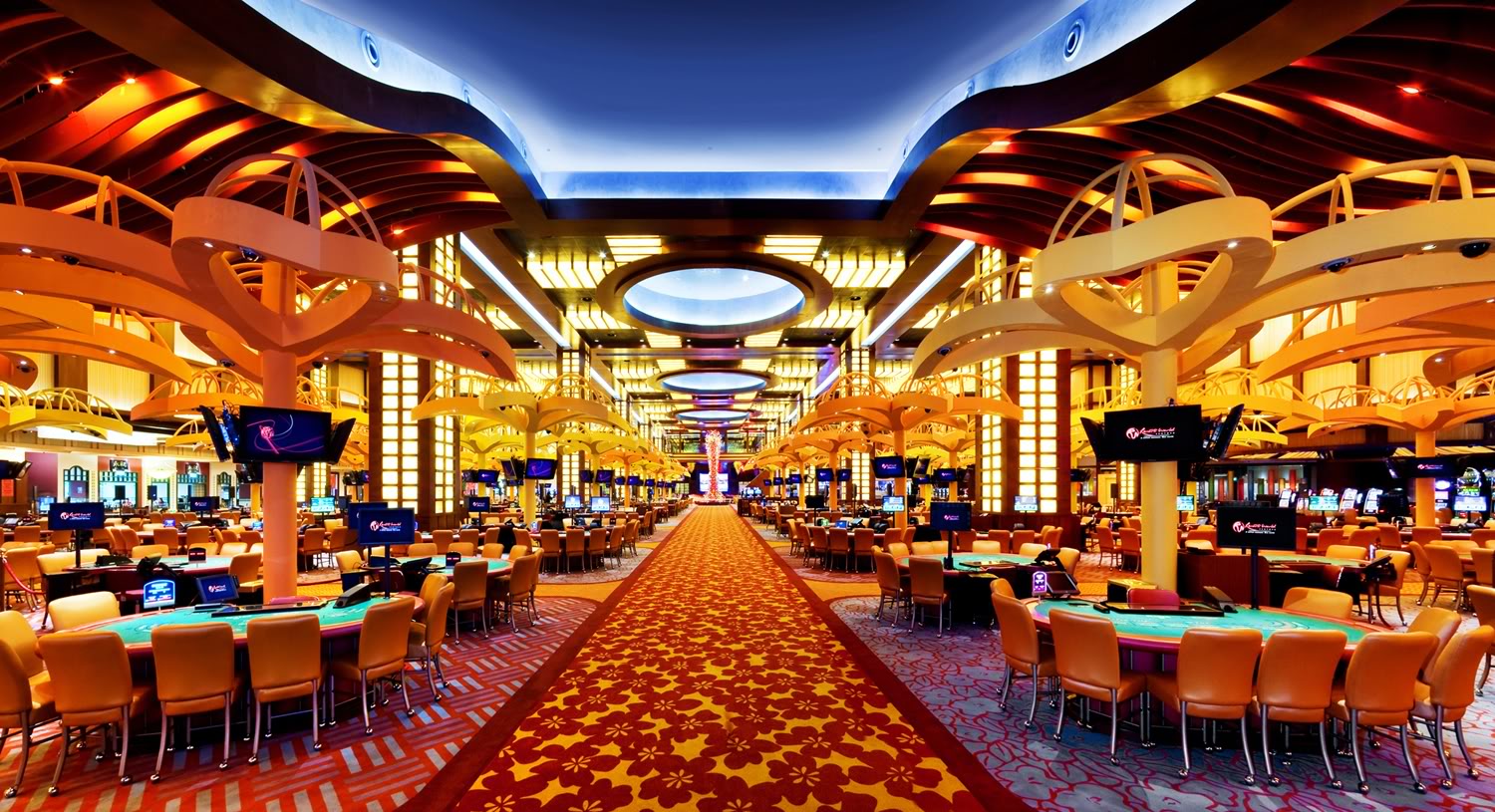
In a vibrant and stimulating world of gaming establishments, wherein fortune and tactics intertwine, hues and design play a critical role in attracting gamblers. As soon as players step inside a casino or log into a gaming platform, they are immersed in a sightly feast that grabs their attention and lures them to discover more. Vivid colors, captivating graphics, and innovative layouts are meticulously crafted to create an atmosphere of thrill and anticipation, ultimately enhancing the gaming experience.
While players move through the ever-changing landscape of casino games, they encounter a range of designs that not only serve aesthetic purposes but also affect feelings and choices. Colors like scarlet and yellow symbolize riches and fortune, while soothing navy and greens can create a more relaxed environment. Understanding how these elements work together allows casinos to create an welcoming and stimulating atmosphere that encourages players to interact with the games, spend additional time at the tables, and boost their general enjoyment.
The Science of Color in Gaming Establishments
Color plays a crucial role in the development of gambling games, shaping players’ emotional states and behaviors. Lively and bold hues, such as red and gold, are often used to stimulate excitement and draw attention. These hues create a sense of pressure and dynamism, encouraging players to involve themselves more readily with the experience. By thoughtfully selecting tints, developers aim to elicit feelings of pleasure and excitement, which can enhance the complete player experience.
Distinct hues also have psychological associations that can influence how gamblers perceive their possibilities of winning. For instance, green is commonly associated with fortune and abundance, making it a well-liked choice in games like the roulette wheel and poker games. This association can lead players to feel more optimistic and self-assured in their gameplay, ultimately motivating them to stake more. Comprehending these associations allows game creators to craft environments that enhance player happiness and loyalty.
Furthermore, the design of gambling game interfaces often utilizes color gradients and contrasting hues to direct player actions. For case, successful results may be accentuated with striking, opposing shades, creating a visual reward. This approach reinforces favorable outcomes and supports repeated engagement. By leveraging color psychology, gambling establishments can develop games that not only captivate participants but also hold them interested and dedicated in their gaming experience.
Creative Features that Engage Players
The visual appeal of casino games is primarily influenced by the implementation of vibrant colors. Bright and striking colors are deliberately chosen to create an appealing atmosphere that grabs attention. For example, crimson and golden hues often signify luck and prosperity, which is why they are common in the palettes of slot machines and table surfaces. These colors not only attract players in, but they also evoke emotions related to excitement and anticipation, enhancing the overall gaming experience.
In parallel to color, the design and layout of gambling games play a significant role in captivating players. Games are designed to be user-friendly, ensuring that players can quickly understand the rules and gameplay. User-friendly interfaces, along with captivating graphics and motion, help maintain gamer interest and encourage longer play sessions. The physical elements, such as the feel of the buttons and the audio of the games, also add to a comprehensive sensory experience that keeps players immersed.
Finally, conceptual elements in game design can greatly influence player choice. Trang chủ King88 Many gambling games are inspired by popular culture, fairy tales, or adventure themes, incorporating symbols and characters that connect with players. These themes create a sense of engagement and relatability, making each game feel distinct. When players feel a connection to the concept, they are more likely to choose that game over others, leading to increased participation and enthusiasm within the gambling environment.
Case Studies: Effective Casino Slot Designs
One key example of effective gambling game design is the popular slot machine series themed around popular movies. Games such as those based on the Wizard of Oz and Game of Thrones utilize vibrant colors and superior graphics to engage players in familiar narratives. The application of dynamic visuals and entertaining sound effects captures the interest of players, building an psychological connection to the theme. King88a.org This tactic not only promotes longer play but also boosts the overall gaming experience, leading to increased player retention.
Another effective case is the application of the psychology of color in table games like 21 and the wheel. Casinos often design these games with deep reds and greens, colors traditionally connected with luck and wealth. For instance, the green felt on a 21 table provides a calming effect, while the red accents in roulette invite excitement. This intentional use of color helps to foster an inviting atmosphere that encourages players to engage, addressing their psychological impulses and increasing their enjoyment.
Finally, online casino games that feature community features and vivid, colorful designs have seen remarkable success in engaging players. Games like Zynga’s Poker and Slotomania leverage vivid colors and playful animations to forge an inviting online environment. The addition of leaderboards, social sharing options, and in-game rewards fosters competition and community, drawing players in for longer sessions. Such designs not just make the games visually enticing but also emphasize social connectivity, a vital factor in player retention and engagement within digital casino environments.
